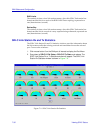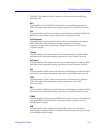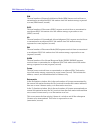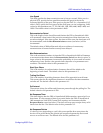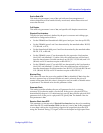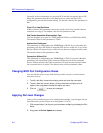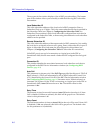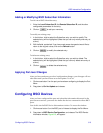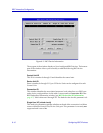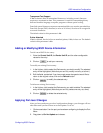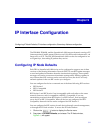
BSC Interactive Configuration
8-6 Configuring BSCI Ports
Generally, if the local interface is a physical DCE and the line speed is above 256
Kbps, this parameter should be set to Yes; however, make sure the DTE is
conÞgured to provide the terminal timing. The default value for this parameter is
No.
Clear VC on Last Dev Down
If Yes is selected, this parameter causes the virtual circuit to be cleared when no
terminals are using it. The default value for this parameter is No.
Pad (Packet Assembler/Disassembler) Type
You can designate your port as a TPAD (terminal PAD) or an HPAD (host PAD).
The default value for this parameter is TPAD.
Answer Non Configured
This parameter is conÞgurable only if PAD Type is HPAD. If you select Yes, this
parameter will allow the HPAD to respond to all devices on the line. If you select
No, the HPAD will respond only to those devices that are conÞgured on the node.
The default value for this parameter is Yes.
Connection Without Poll
This parameter is conÞgurable only if PAD Type is TPAD. If you select Yes, this
parameter will activate the TPAD connection without a poll of the connected
device. If No is selected, the TPAD connection will only become activated when
the connected device is polled. The default value for this parameter is Yes.
Changing BSCI Port Configuration Values
You can edit the values in any Þeld which provides a text box or menu button
selection; to do so:
1. To edit a text field, remove the existing value and enter the new value.
2. To edit a field with a menu button, click on the button to display a list of
options, then drag down to select the option you want.
3. Click on to save your changes.
Applying Port-level Changes
After you have made any port-level conÞguration changes, your changes will not
take effect until you have done an on-line update. To do so:
1. Click mouse button 3 on the port you have been configuring to display the Port
Menu.
2. Drag down to On-line Update and release.



